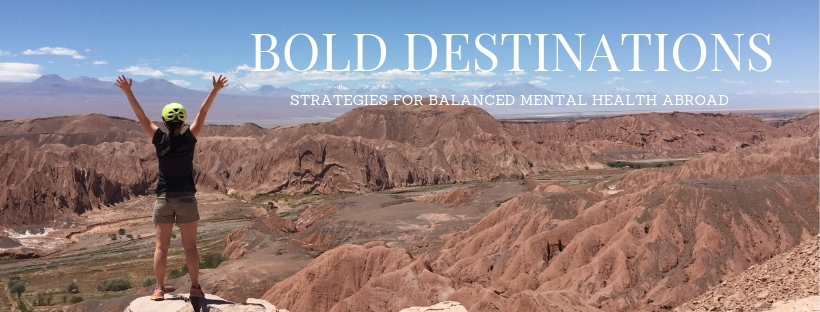
Whale Sharks are the largest known sharks today. They are found in tropical places around the world and live on a diet of plankton. Whale Sharks are also incredibly important for the natural ecosystem of the ocean. Because of their massive size they travel the ocean eating large amounts of plankton to sustain themselves; this helps regulate the health of the ocean.
While Whale Sharks are incredibly important to the marine ecosystem they are also very cute and loved by tourists everywhere. One popular destination for Whale Shark Tours is Oslob, Philippines.
As tempting as it is to see Whale Sharks in the wild and even swim with them the effect of tourism on these magnificent creatures is detrimental. And doing the Whale Sharks Tour in Oslob is no different.
HERE ARE 5 REASONS WHY NOT TO DO THE WHALE SHARK TOUR IN OSLOB

LACK OF NUTRIENTS IN THE FOOD
During the tour, boat and tour guides throw food into the water to attract the whale sharks. The tour companies normally feed the whale sharks shrimp.While the shrimp does supply the whale sharks with enough food it doesn’t provide the normal amount of nutrients their natural diet would provide (National Geographic).
Whale Sharks have a normal diet of plankton. The animals are roughly 12 meters long and weigh around 5 tons. They are huge animals that need to eat a lot to stay alive.
In addition the more shrimp the sharks eat the less plankton they eat. Because of their size and quantity of food they need to sustain themselves, Whale Sharks are a natural way of keeping the ocean healthy. Just by eating their daily amount of plankton, Whale Sharks help contribute to the health of the ocean (WWF).
THE TOURS DISRUPT MIGRATION PATTERNS
Because the Whale Sharks know that they can get food at this location they are smart enough to return back everyday to get it. Unfortunately this disrupts their natural migration patterns. According to National Geographic ,most visit for a couple of weeks and then continue on their migration. What scientists are worried about are the whales that end up sticking around and becoming residents.
FREE FOOD CAN LEAD THE WHALE SHARKS INTO DANGEROUS TERRITORY
Since 1998, Whale Sharks have been nationally protected in the Philippines. The local tour companies rely heavily on this business for survival. It is in their best interest to make sure they are not hurting the Whale Sharks and they don’t. Unfortunately, because the sharks are attracted by the free food in Oslob they sometimes fall into traps by poachers.
Many of the sharks have wounds on their bodies, according to National Geographic, and while they don’t come from the tourist companies they are coming from somewhere nearby.
TOURISTS DON’T ALWAYS LISTEN
While the tour companies tell people not to touch the whale sharks there are always tourists that ignore the rules. Touching marine life can greatly damage the living organism or creature that is being touched. As humans we have unseen germs on our skin that may not hurt us but can be life threatening to marine life.
WHALE SHARKS ARE ON THE ENDANGERED SPECIES LIST
Because Whale Sharks are the targets of fisheries and poachers, they were put on the endangered species list back in 2017, according to SHARK-WORLD
UNKNOWN TRAUMA
Being surrounded by a lot of humans and boats can be a very traumatic experience for a wild animal. While it is still unknown, scientists are concerned about the long term physiological and behavioral effects.
What effect does a tourist snapping a flash photo have on a growing Whale Shark. There is too much we don’t know about the effects tourism has on these magnificent creatures to risk potentially damaging or hurting them because we want a photo.
IN CONCLUSION
While we may not know exactly what level of damage tourism is having on these incredible creatures we do know that our presence does have an effect on them. Whale Sharks play a huge role in keeping our oceans healthy. Without them the ocean loses one more protector and we lose yet another beautiful species.
Whether you love the ocean or not as humans it is our responsibility to protect whatever beauty the ocean has left. Learn more about protecting the ocean here: 10 Ways You Can Help Protect The Ocean While Traveling.
FOR THE FUTURE
For the tourists out there who want an incredible experience I urge you to try to find a different one. The Philippines is filled with incredible marine life experiences that have a less detrimental impact on the ocean.
For the bloggers out there who want that Whale Shark Selfie or to write about it on their blog try writing a post like this where you educate your readers on the potential impact tourism has on the earth.
And for those of you who are worried about the locals who survive off of the tourism that comes from the sharks, don’t worry. Instead of contributing to this company let’s brainstorm sustainable and eco-friendly activities that can put money back into the community without leaving a destructive environmental impact.
Did You Enjoy Reading This Article?
Help Support Bold Destinations by Sharing This Article With Your Community!







